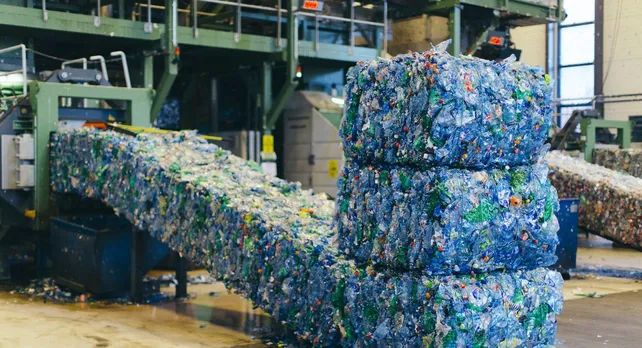Thanks to the sustainable management carried out by the entity CampoLimpio, for plastic recycling of phytosanitary packaging, more than 16 million kilos of material were recovered.
The organization strengthened its presence in the last year in 21 provinces and achieved a significant growth in the amount of recovered plastic.
In total, 16,254,271 kilos of recovered plastic since 2019. The system involves the entire chain, from phytosanitary suppliers to producers.
Recycling of phytosanitary packaging plastics: how CampoLimpio system works
During 2024, the CampoLimpio system achieved a 40% increase in the amount of recovered plastic compared to the previous year, exceeding 4.6 million kilos this year.
This growth is the result of a greater territorial reach, which included over 500 collection days for packaging and awareness-raising actions, and a 50% increase in activities carried out nationwide.
 They recovered millions of kilos of plastic packaging.
They recovered millions of kilos of plastic packaging.
Circular economy
Furthermore, with the completion of over 580 training sessions, they managed to engage more than 36,000 people in Triple Rinsing best practices and the importance of responsible management of empty containers.
As detailed, this year was also characterized by a strengthening of collaborative efforts with competent authorities and the implementation of supervision measures.
This allowed to stop informal waste disposal circuits, they pointed out.
Through various events and meetings, coordination with the national and provincial governments and producers was strengthened to share experiences and progress towards a safer and more sustainable management.
Goals for 2025
For 2025, the mission is to “continue deepening achievements,” with the aim of increasing the amount of recycled containers and expanding its federal coverage even further.
“Environmental awareness and public policies will remain key in this path towards a more sustainable Argentina,” they emphasized.
In 2024, the strategy placed a strong emphasis on the valorization of recovered plastic, transforming it into raw material for safe products, as established by Law 27.279.
Under the motto of giving “a second chance” to empty phytosanitary containers, the system achieved an important goal: three out of every four kilos of plastic entering the system are recycled through operators authorized by the provinces.
This recycling process allows the conversion of plastic into useful inputs such as poles, construction materials, tritube pipes for fiber optics, and three-layer containers, highlighting the potential of recovered plastic to be reused in various industrial applications.

